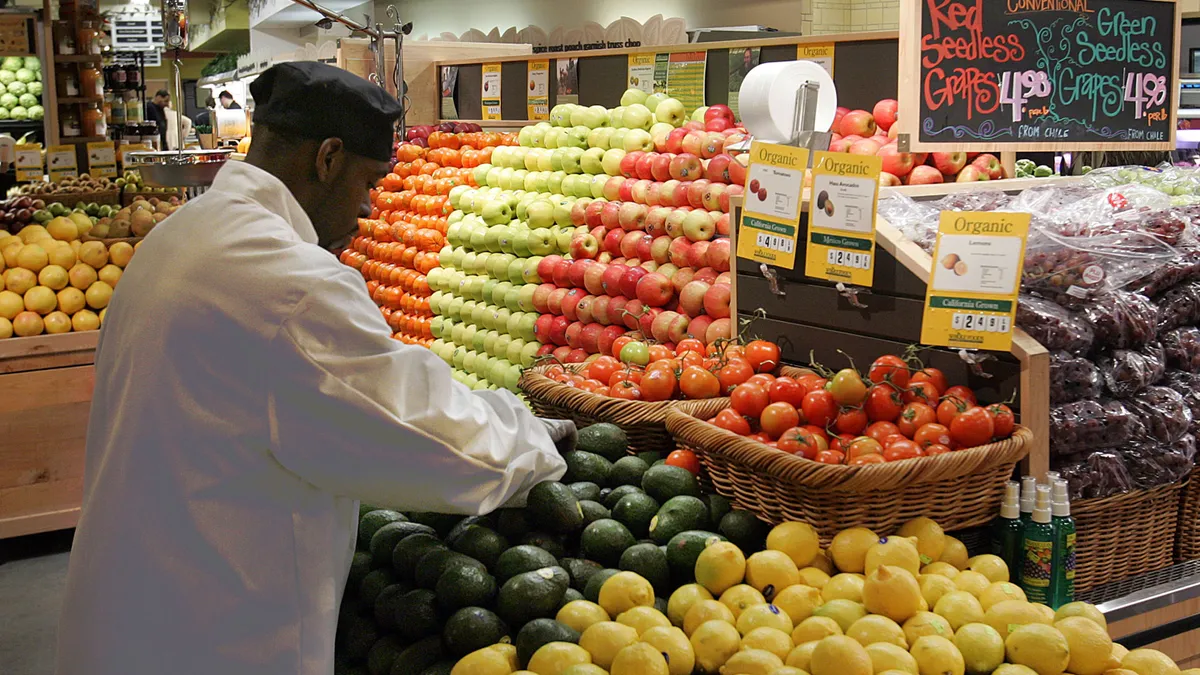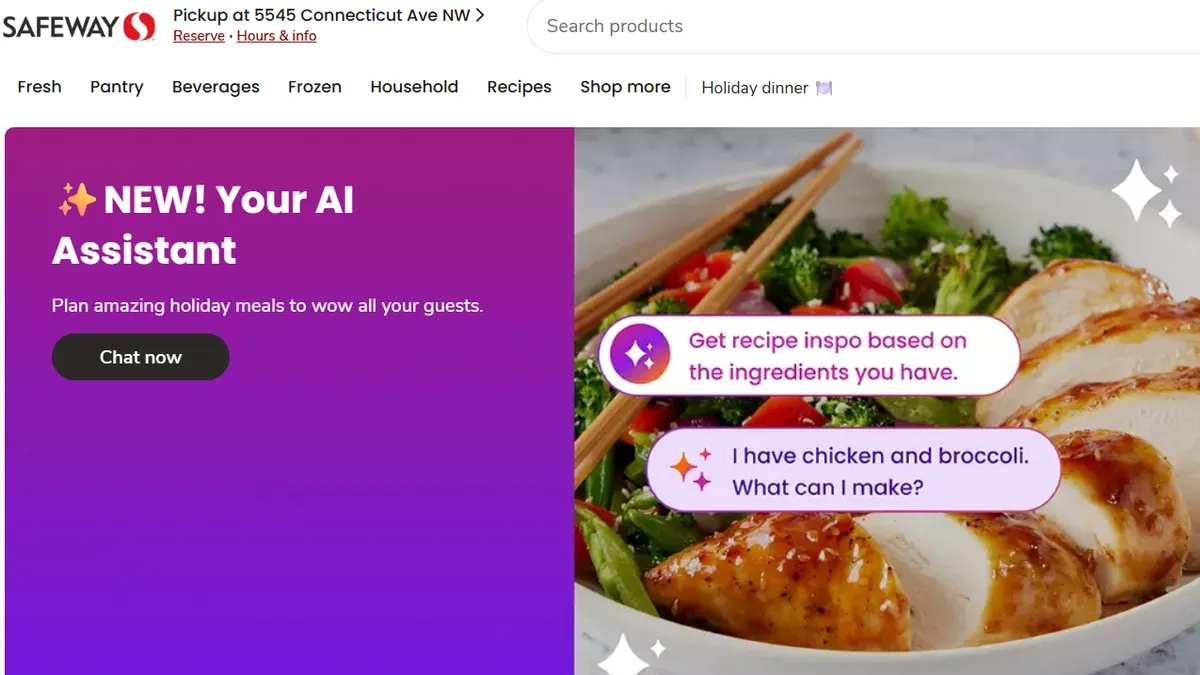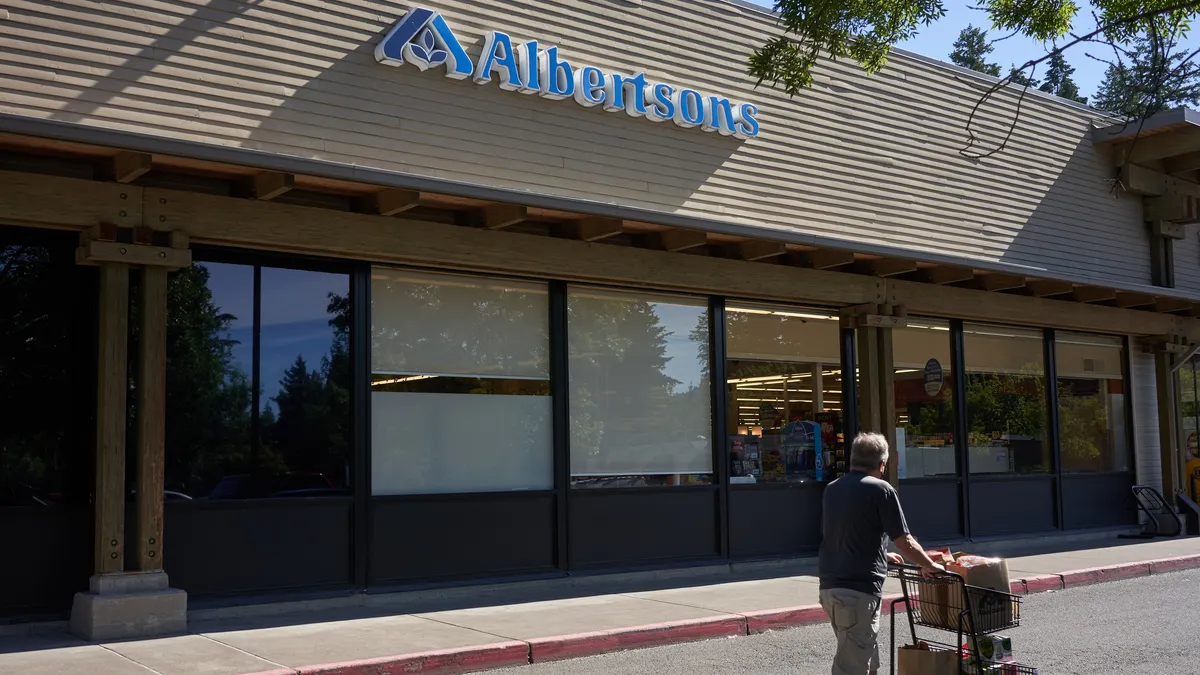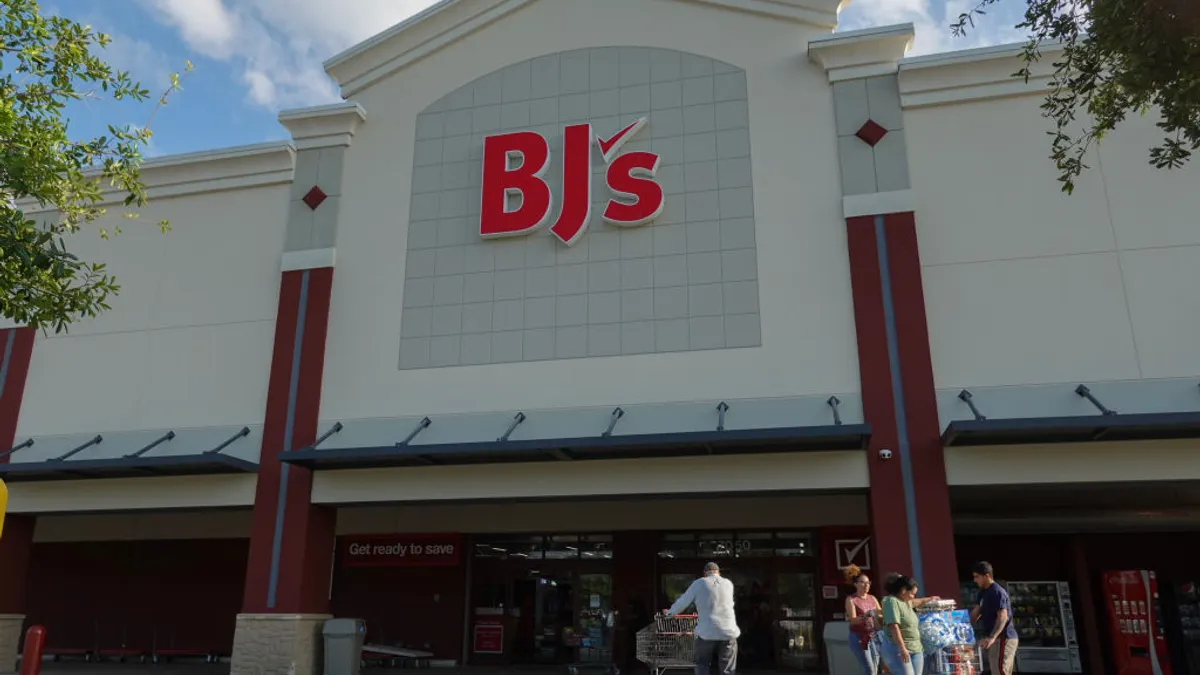Sylvain Perrier is the president and CEO of Mercatus Technologies. His company helps grocers create a multi-channel platform for online shoppers.
In any industry, knowing your audience is the key to success. This is especially true when it comes to today’s grocery retail landscape. While technology adoption is quickly changing the way that grocers do business, it doesn’t mean that every retailer immediately needs to go out and adopt every piece of technology. In fact, some retailers’ shoppers might not be ready to adapt to these changes. As such, it’s essential to explore what retailers need to consider about their customer-base and what to take into account before implementing new technologies.
Are your shoppers tech savvy?
An important aspect to consider is how tech-savvy your shopper is, which can help determine how likely they are to adopt new initiatives. Amazon, being a business born from technology, has seen success in its rollout of new programs. For example, its Amazon Go store concept has been widely accepted by shoppers visiting the store and as a result, as many as six more of these self-service, cashierless stores will be opening across the nation.
More traditional stores may have shoppers that are happy with standard check-out platforms and hesitant to switch over to new gadgets and processes. Walmart stores recently learned this lesson the hard way and had to end its Scan & Go pilot after it was poorly received by shoppers that perhaps weren’t as willing to try the new technology. Compare this to Sam’s Club’s successful, streamlined and user-friendly Scan & Go initiative that allowed shoppers to use their smartphones to scan bulk items and pay directly within the app instead of using the self-checkout lane. Knowing where your shoppers stand on this spectrum can help you build new programs that won’t intimidate or confuse your base.
What fulfillment options will your shoppers embrace?
As new fulfillment options continue to garner popularity, retailers must figure out which ones will best fit their shoppers’ needs. One thing to consider is geography — how close are your shoppers to your store? If you’re in a metropolitan area, click and collect can be great for on-the-go customers nearby. However, if your shoppers are further away, such as in a rural setting, ship to home may be the more convenient option.
Generational differences can also play a large role in how your shoppers fulfill their orders. According to FMI, Generation X and baby boomers are adopting the online grocery trend mainly through standard ship-to-home fulfillment and online orders for in-store pickup. Both of these options offer a lower barrier to entry for adopting more modern online grocery options. Millennials, on the other hand, have increased their use of same- or next-day delivery options, showing more willingness and opportunity to obtain perishables online.
The type of products your shoppers are seeking is also essential to learning their tendencies and inclinations for fulfillment options. According to Nielsen, vitamins, pet supplies, cosmetics and toilet paper are the top items fulfilled via delivery; vitamins, laundry care, cleaners and toilet paper are the most popular for in-store pick-up; and curbside pick-up orders most often consist of chips, fruit and vegetables, milk, bread and canned foods. It’s clear that shoppers currently are more comfortable having non-perishable items delivered and picking up perishable food items. By examining what your customers are purchasing, you can build a comprehensive fulfillment strategy for online purchases, one that ensures you retain a substantial share of consumers’ wallets.
What are your shoppers doing in a store and online?
Knowing customer behavior is essential to shaping the shopping experience. For example, do your shoppers use coupons? According to Valassis, 84% of shoppers say that coupons influence where they shop. As such, if your shoppers embrace coupons, make them more prevalent in the store and online to keep them shopping at your store and to attract additional customers. Details like basket composition can also have an impact on whether shoppers adopt your technology. One reason Walmart’s Scan & Go pilot may have failed is that shoppers at Walmart tend to fill their carts with multiple items that make the self-scanning experience awkward and cumbersome compared to having an in-store associate check them out.
Exploring your shoppers’ preferences, along with other actions like letting shoppers compare prices in a store, bundling items, and more, can help assure that the shopping experience is conducive to their in-store and online routine.
Technology to deliver personalized experiences
IHL Group and RIS News found that retailers across North America expect to spend more in 2018 on emerging technologies like location-based marketing, AI and machine learning, and predictive analytics based on shopper behavior and other data. While the integration of technology into the retail experience can have its pitfalls —including the initial capital investments required, as well as the need for ongoing maintenance and upkeep — there are benefits to investing in these types of sophisticated next-level tools, such as facilitating a more personalized shopping journey and creating better-quality customer experiences.
Evaluating data is extremely valuable in delivering these personalized experiences and answering the questions presented throughout this article. The reason why Amazon’s developments work so well is that Amazon knows its audience across every touchpoint and interaction. Other grocery retailers need to accelerate efforts at modeling shopper behavior and preferences. You can start by looking at what your online and in-store data is telling you about your customers.
Choosing the right technology can be difficult enough when you consider the investment and time necessary to get it up and running. That’s why before you make an investment, get acquainted with your customer and make sure you’re enacting the right initiatives. By knowing your audience and basing your new technology priorities on their preferences, new initiatives will be more successful, and your shoppers will become more loyal.

















